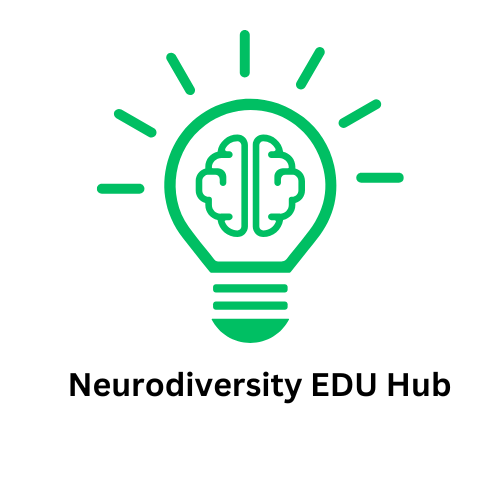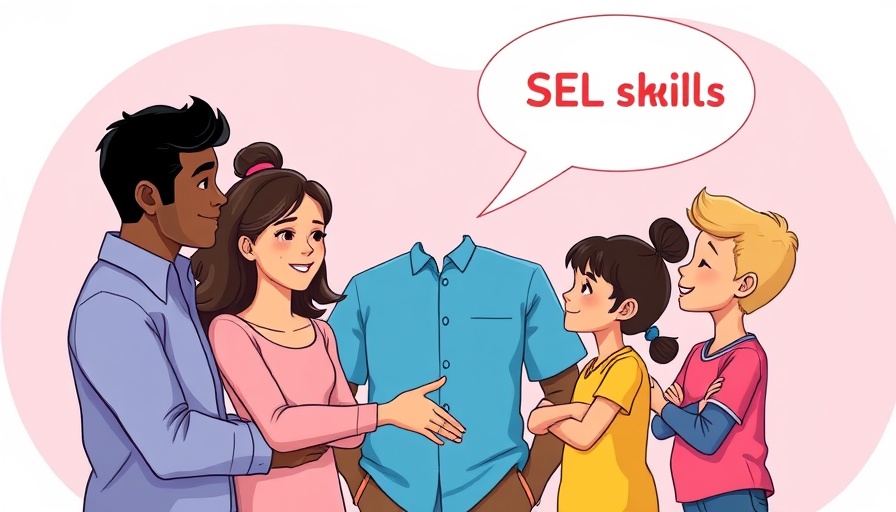
Understanding the Intersection of ADHD and OCD
In educational settings, tailored accommodations aim to support neurodivergent students, particularly those with ADHD. However, for children dealing with both ADHD and obsessive-compulsive disorder (OCD), some commonly recommended strategies can unintentionally exacerbate their symptoms. Grasping this dual dynamic is crucial for educators, parents, and mental health professionals striving to create the most effective learning environment.
Rethinking Accommodations: The Double-Edged Sword
When extending time on assignments and tests, the intention is to relieve pressure on children with ADHD who struggle with attention and processing. Yet, this same accommodation can lead to compulsion-driven behaviors in those with OCD. Consider the classic compulsion of handwashing; without time restrictions, the habit may deepen, and students may overthink their responses, leading to increased distress rather than alleviating it. Instead, effective time management can be woven into their training, encouraging a balance between adequate time and the necessity to complete a task without ruminating.
Food and Social Engagement: Breaking Down Avoidance
Another common accommodation is allowing students to eat separately from their peers, which may seem beneficial at first glance. However, this can further entrench the avoidance behaviors characteristic of OCD. Taking kids out of daily social situations like lunch in the cafeteria can limit their opportunities to confront fears associated with contamination and social judgment. A more productive approach might involve creating a supportive group environment where children can discuss their fears openly, while being gently challenged to engage in public eating.
School Counseling: Potential Pitfalls
While many teachers and counselors strive to help students navigate their challenges, it's essential that they understand the specifics of OCD. Traditional counseling techniques, such as offering reassurance or anxiety check-ins, can inadvertently reinforce compulsions rather than resolve them. Training should encompass appropriate OCD treatment protocols to avoid exacerbating a child’s anxieties. Unlike general therapy which can be supportive, OCD-specific strategies often involve exposure and anti-avoidance techniques that foster resilience and coping rather than reassurance.
Building Resilience Through Thoughtful Intervention
In confronting ADHD and OCD concurrently, the focus must be on fostering resilience rather than offering blanket accommodations that could inadvertently disengage a child from necessary challenges. Encouraging children to experience manageable discomfort can empower them to face their OCD in a supportive manner. Educators should emphasize that resilience is cultivated through exposure and engagement, which can be particularly challenging for children with OCD who might fear judgment or failure.
Moving Forward: Strategies for Educators
As educators and parents, it is crucial to reflect on the accommodations we provide. Long-term relaxation of expectations can sometimes lead to a perpetuation of anxiety rather than resolution. In the face of ADHD and OCD, educators can promote understanding and empathy while simultaneously encouraging incrementally challenging situations tailored to individual needs. Working with mental health professionals can aid in devising these strategies.
Conclusion: The Path to Resiliency
For children with both ADHD and OCD, school accommodations require a nuanced understanding and proactive approach. Creating opportunities for constructive discomfort will foster resilience. It’s time for educators to take a critical and creative look at how we support our neurodivergent learners, ensuring they not only thrive academically but also personally. If you're part of the educational community, consider initiating discussions on how best to accommodate these students in ways that empower and strengthen their resilience.
 Add Row
Add Row  Add
Add 




Write A Comment